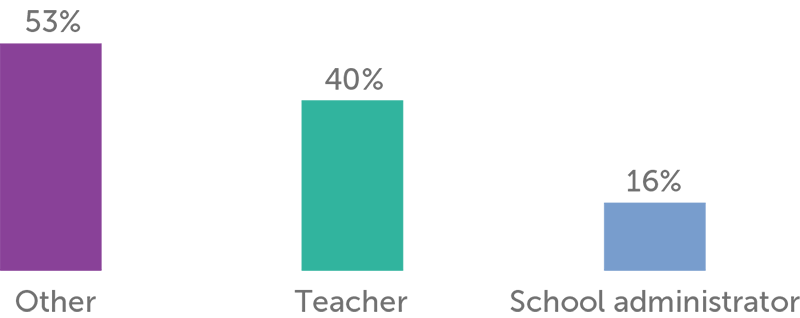is one of the most important factors in a successful coaching program. However, coaches’ time for coaching is often threatened by other responsibilities. In a Digital Promise survey conducted among education practitioners and leaders to learn about the coaching landscape in the United States, we found that many coaches throughout the country serve in multiple roles both within and outside the classroom. Moreover, in order to expand the coach’s reach, they are often asked to support large caseloads of teachers in multiple schools, which limits the amount of time they are able to dedicate to each teacher. In application, however, these strategies diminish the impact of coaching while also decreasing the coach’s job satisfaction.
Other Roles Held by School-Based Coaches

Other Roles Held by District-Based Coaches


We want to hear from you!
Please take this 5-minute survey and help us serve you better.
